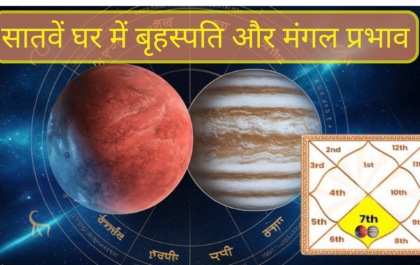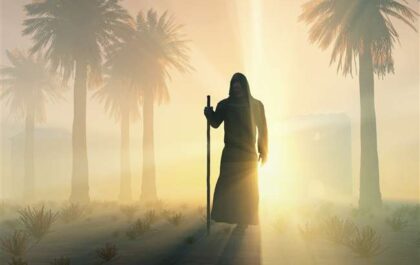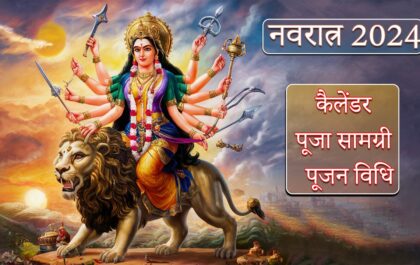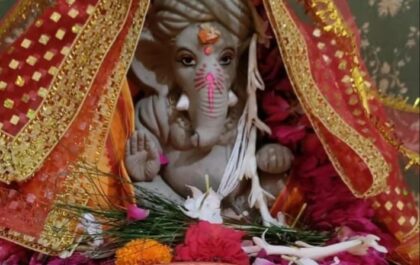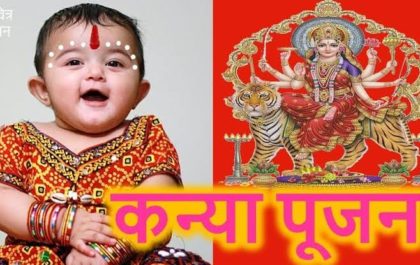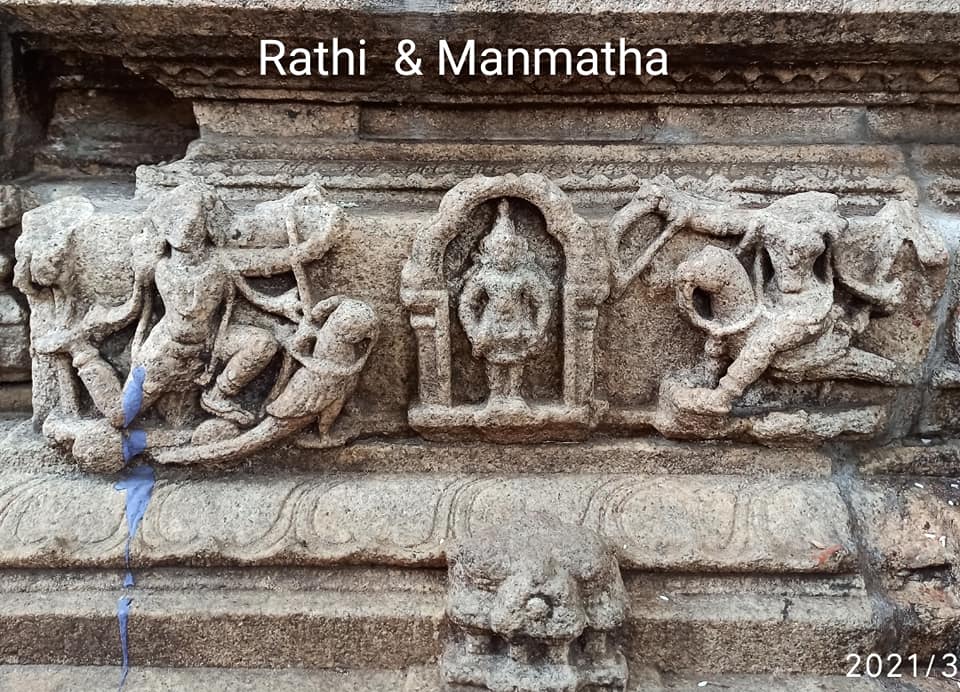
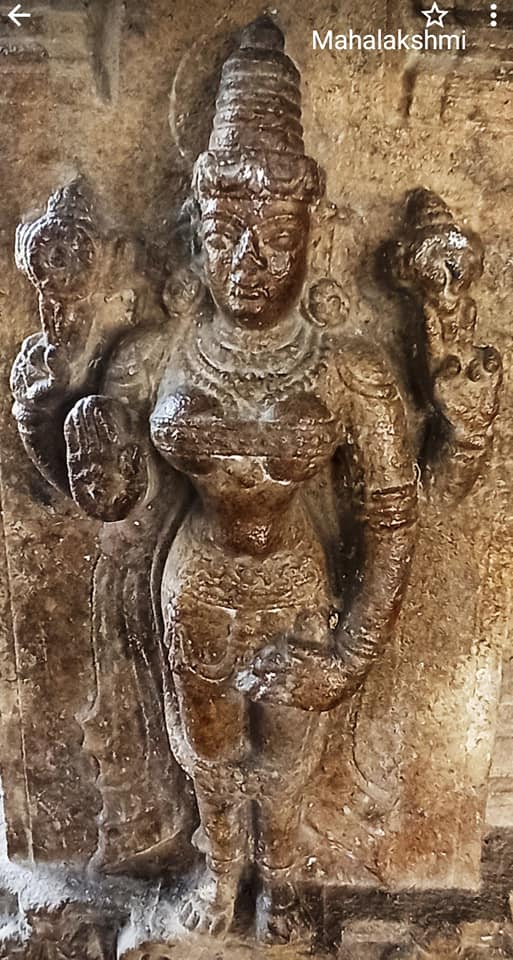
Related posts
Subscribe for newsletter
* You will receive the latest news and updates on your favorite celebrities!
सातवें घर में बृहस्पति और मंगल प्रभाव
वैदिक ज्योतिष के अनुसार सातवें घर से पति-पत्नी, सेक्स, पार्टनरशिप, लीगल कॉन्ट्रैक्ट आदि का विचार कर सकते हैं इस भाव…
घर से नकारात्मक ऊर्जा हटाने के लिये उपाय
मित्रों जैसा की आप जानते है की हर घर में कोई न कोई वास्तु दोष अवश्य मिलता है ऐसे में…
रोजमर्रा की आदतों से सुधारें अपना घर
जब भी हमारे घर पर कोई भी बाहर से आये, चाहे मेहमान हो या कोई काम करने वाला, उसे स्वच्छ…
27 नक्षत्र और उनसे सम्बंधित वनस्पती
मानसून के समय इन नक्षत्रों से सम्बंधित वनसपतियो को रोप कर और उनकी देखभाल करके जीवन मे आ रही समास्यो…
नवरात्र 2024 कैलेंडर, पूजा सामग्री व पूजन विधि
नवरात्रि में मां दुर्गा के 9 रूपो का पूजन किया जाता है। इस दौरान मां दुर्गा को प्रसन्न करने के…
श्री गणेश चतुर्थी | दस दिनोन में गणेश जी के 11 उपाय
धर्म ग्रंथों के अनुसार, गणेश चतुर्थी के दिन भगवान श्रीगणेश का प्राकट्य माना जाता है। इस दिन भगवान श्रीगणेश को…
अक्षय तृतीया पर बना रहा है शुभ योग, धन- लाभ होने के संकेत: अक्षय तृतीया पर करें ये काम
हिंदू धर्म में अक्षय तृतीया का पावन पर्व बडे़ धूम- धाम से मनाया जाता है। इस दिन का बहुत अधिक…
नवरात्रों में कन्या पूजन क्यों ?
माता की प्रसन्नता के लिए नवरात्रों में अष्टमी अथवा नवमी के दिन कन्या पूजन कर उन्हें खाना खिलाने का का…


